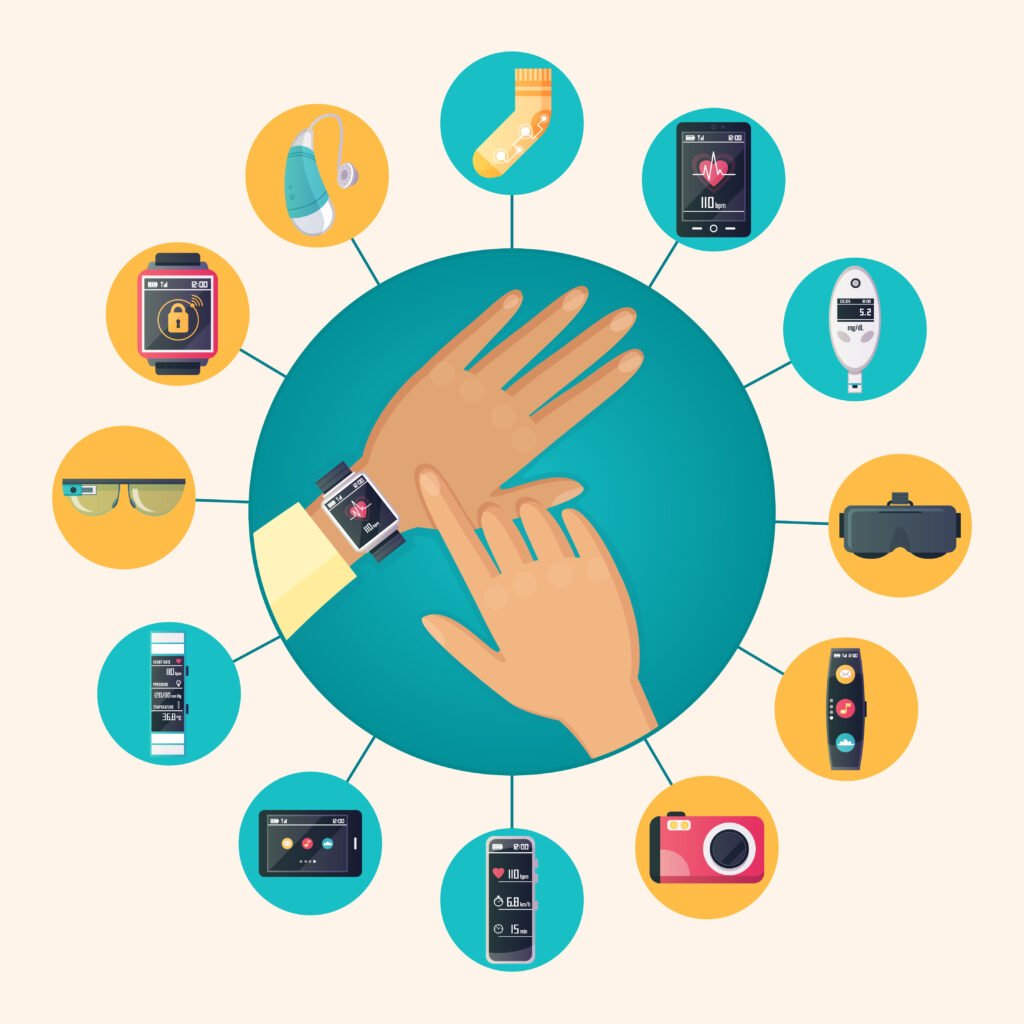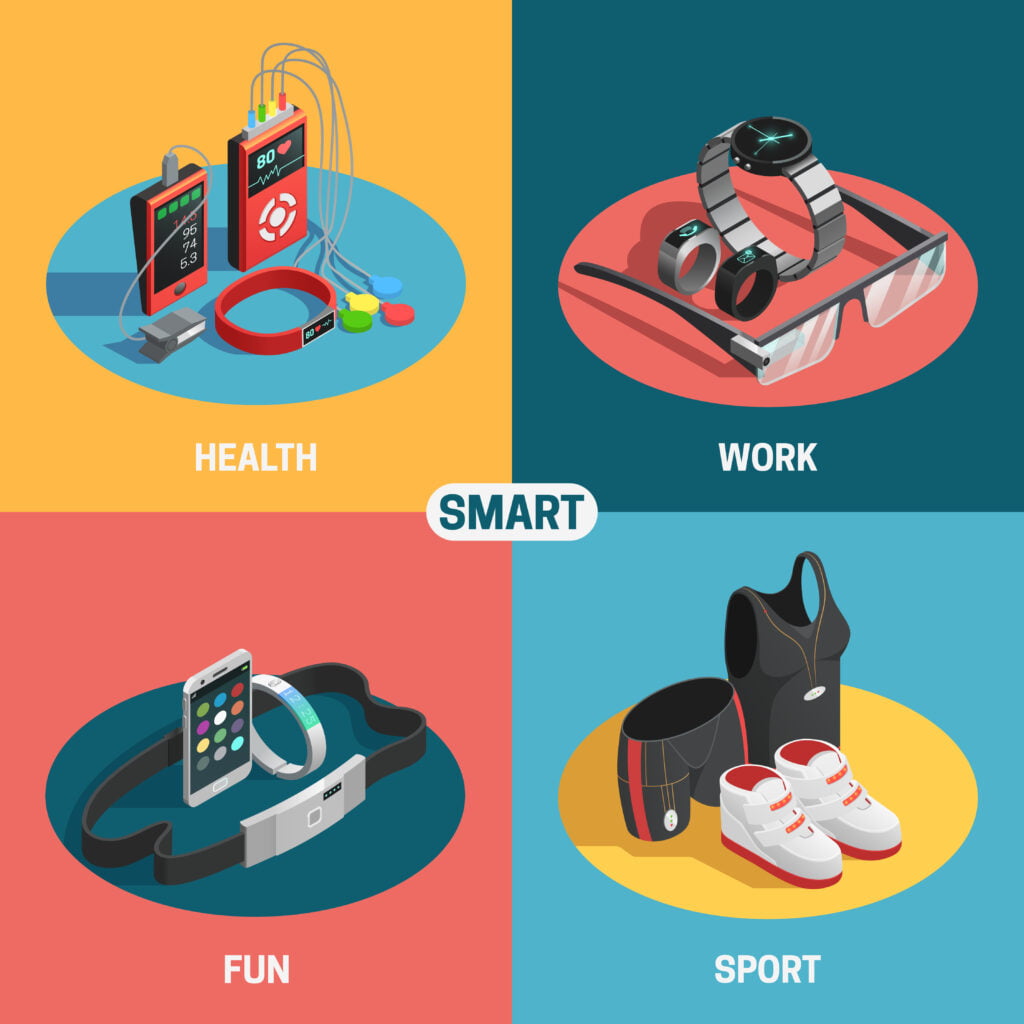FREE SHIPPING OVER $50
Haptic Wearables: The Future of Physical Therapy
Physical therapy has come a long way since its inception. With advancements in technology, physical therapists are now using haptic wearables to improve patient outcomes. Haptic wearables are devices that provide tactile feedback to the wearer, making them an innovative tool in physical therapy. In this article, we will explore the future of physical therapy with haptic wearables and how they are changing the game for patients and therapists alike.
Haptic Wearables for Physical Therapy: How They Work

If you’re struggling with chronic pain or recovering from an injury, physical therapy can be an effective way to manage your symptoms and regain mobility. But let’s face it, the road to recovery can be a painful one.
But don’t get too worked up – pain is just a natural part of how our bodies work. So, how do we deal with it? Modern tools like haptic wearables use vibrations, pressure, or other tactile sensations to provide feedback to the wearer, improving balance, coordination, and other physical functions. By using haptic wearables, you can push through the pain and take control of your physical therapy journey.
If all this talk of vibrations, pressure, and tactile feedback seems too complicated, you can think of haptic wearables as a personal trainer always by your side, providing encouragement, feedback, and guidance throughout your physical therapy journey. With these wearable devices, you can push past the pain and take control of your recovery.
Benefits of Haptic Wearables in Physical Therapy
- Enhanced Recovery: Haptic wearables can help patients recover more quickly by providing feedback for them to make adjustments to their movements. This leads to faster healing and reduced time in physical therapy.
- Reduced Pain: Haptic wearables help reduce pain by providing distraction or stimulation to the affected area. They can also provide feedback that helps patients improve their posture or movements, which can help reduce pain.
- Improved Overall Health: Haptic wearables help patients improve their overall health by providing feedback to maintain good posture, balance, and coordination. This helps prevent future injuries and improve quality of life.
- Provides Realt-time Feedback: Haptic wearables provide real-time feedback to the wearer, improving their balance, coordination, and other physical functions.
- Personalized Therapy: They can also be customized to each individual’s needs and goals, making physical therapy more personalized and effective.
Haptic Wearables for Improved Fitness

Haptic wearables can be used for exercise by providing real-time feedback on movement and form, which can improve exercise effectiveness and reduce the risk of injury. Research studies have shown that haptic feedback devices can enhance exercise performance by improving form and technique, increasing range of motion, and enhancing muscle activation. One such study found that haptic feedback improved squat form in healthy individuals.
Haptic wearables can enhance exercise in a number of other ways including:
- Increasing Motivation: By providing users with real-time feedback and encouragement, haptic wearables can increase motivation levels. They also help users to stay focused and engaged during their workouts.
- Enhancing Mind-Muscle Connection: Haptic feedback can help users to develop a stronger mind-muscle connection. This is done by providing sensory cues that reinforce proper form and muscle activation.
- Increasing Efficiency: Haptic wearables can help users to optimize their workouts by providing feedback on things like range of motion, speed, and intensity. This helps users to work smarter, not harder.
- Reducing Injury Risk: By providing real-time feedback on form and technique, haptic wearables can help users to reduce their risk of injury and ensure that they are exercising safely and effectively.
- Improving Recovery: Haptic wearables can also be used during recovery exercises, providing users with feedback on range of motion, joint stability, and other key metrics that can help to improve recovery times and prevent future injuries.
FAQs
Q: Are haptic wearables safe to use in physical therapy?
A: Yes, haptic wearables are safe to use in physical therapy. They are designed to be non-invasive and can be customized to meet the needs of individual patients.
Q: How long does it take to see results from haptic wearable therapy?
A: The results of haptic wearable therapy can vary depending on the individual patient and their condition. However, many patients report seeing improvements within a few weeks of starting therapy.
Q: What types of haptic wearables are available for physical therapy?
A: There are many different types of haptic wearables available for physical therapy, including gloves, sleeves, and vests. Each type of device is designed to target specific areas of the body and provide different types of tactile feedback.
Conclusion
Haptic wearables are the future of physical therapy. They are an innovative tool that can help patients recover more quickly, reduce pain, and improve overall health. By providing tactile feedback, haptic wearables can enhance traditional physical therapy and help patients achieve their goals faster. As technology continues to advance, we can expect to see even more exciting developments in haptic wearable therapy in the years to come.
Want to learn more about the latest tech for health and fitness? Sign up for our newsletter by clicking this link to get more exclusive health tips and benefits. You also get our free E-book as well on creating homemade facial recipes.



